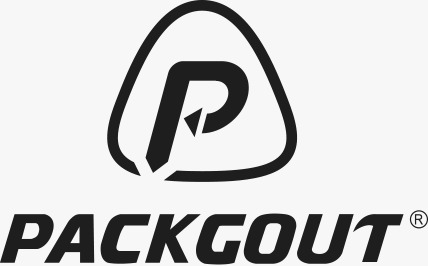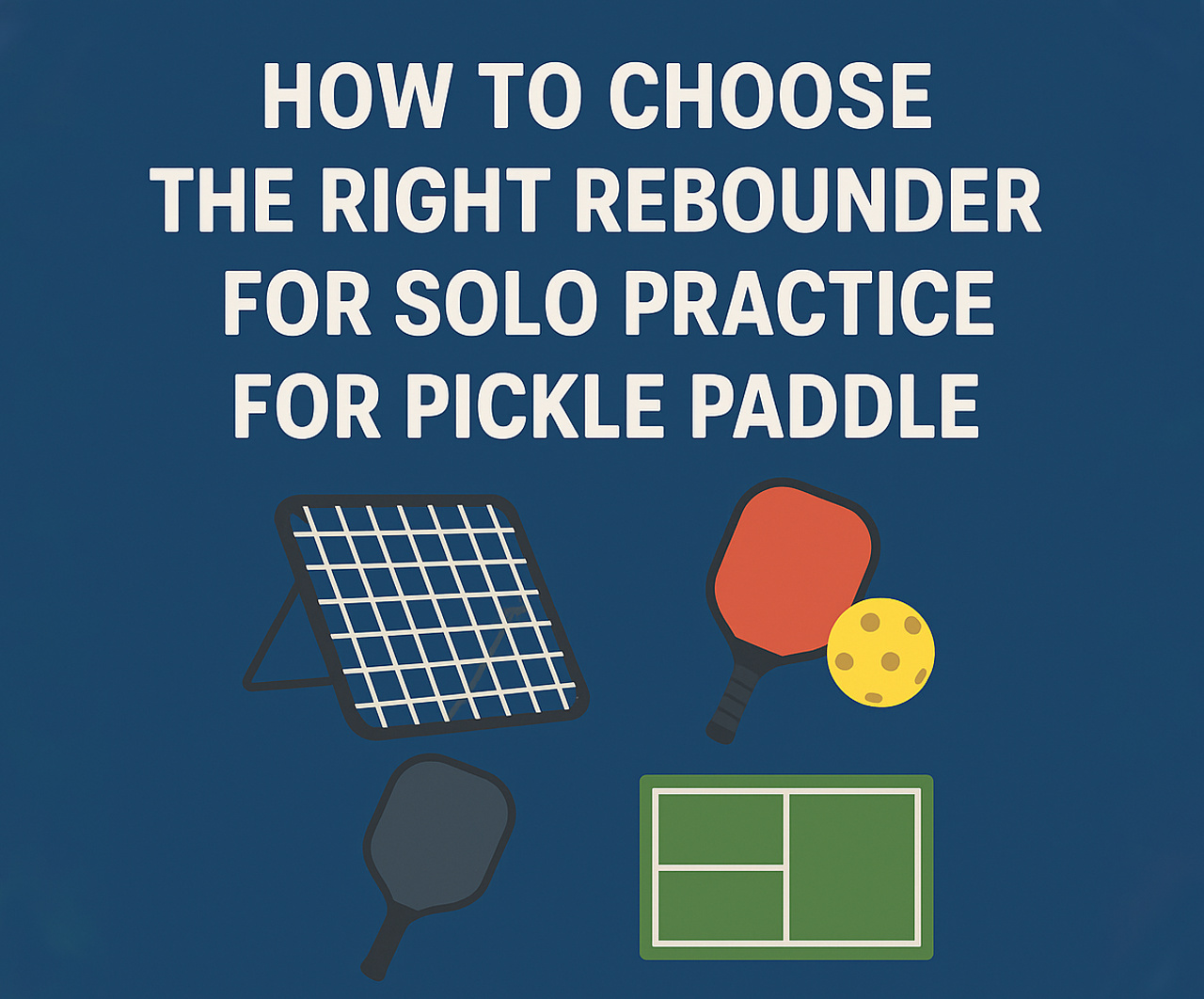If you’re a pickleball enthusiast looking to improve your skills, investing in the right rebounder for solo practice can make a world of difference. Whether you’re aiming to boost your accuracy, enhance your reflexes, or refine your paddle control, selecting a high-quality pickleball rebounder, a reliable pickle paddle practice net, or a durable pickleball training aid can take your game to the next level. In this article, we’ll explore the key factors to consider when choosing a rebounder and highlight the best options available. Know more..
1. Understand the Purpose of a Pickleball Rebounder
A pickleball rebounder is designed to provide consistent ball return, allowing players to practice shots, dinks, volleys, and more without a partner. It’s an excellent tool for solo practice, enabling you to refine techniques and develop muscle memory. With the right rebounder, you can work on your reaction time, shot placement, and control without stepping onto a crowded court.
2. Types of Rebounders for Pickleball
There are various types of rebounders, and choosing the right one depends on your practice goals. Here are the most common types:
a. Wall Rebounders Wall rebounders offer a solid surface that mimics the response of a real game. They are ideal for practicing volleys and dinks. Although they can be built in your garage or backyard, investing in a specialized pickle paddle practice net designed for rebounding improves consistency and accuracy.
b. Net Rebounders Net rebounders provide a realistic bounce and are perfect for practicing groundstrokes and volleys. They are portable, easy to set up, and can be adjusted to different angles for varied training.
c. Angled Rebounders Angled rebounders simulate real-game scenarios by returning the ball at unpredictable angles. This helps players develop quick reflexes and improve response time. These pickleball training aids can significantly elevate your game.
3. Key Features to Look For in a Rebounder
When selecting the best rebounder for your solo practice, consider these essential factors:
a. Durability and Stability A good pickleball rebounder should be constructed with high-quality materials that can withstand repeated impact. Look for steel or heavy-duty aluminum frames that ensure stability during practice.
b. Adjustable Angles To simulate different shot scenarios, an adjustable rebounder allows you to change angles, making your practice sessions more dynamic. This is especially useful when working on different strokes and volley techniques.
c. Portability and Ease of Setup If you prefer to practice in different locations, choose a rebounder that is lightweight and easy to assemble. Many pickle paddle practice nets come with a foldable design for convenience.
d. Size and Surface Area A larger surface area provides more consistency in ball return, while a smaller rebounder offers a more challenging and precise practice environment. Choose a size that matches your skill level and practice goals.
4. Top Rebounders for Pickleball Solo Practice
a. Pickleball Tutor Rebounder Net – Best Overall The Pickleball Tutor Rebounder Net is a top-tier choice for serious players. Its sturdy frame, adjustable angles, and large surface area make it one of the most effective pickleball training aids available. It’s suitable for both indoor and outdoor use, ensuring consistent practice sessions.
Pros:
- Adjustable angles for different shot types
- Durable frame and net
- Large surface area for varied practice
Cons:
- Higher price point
b. SKLZ Quickster Net – Most Versatile Option For players looking for a versatile and portable option, the SKLZ Quickster Net is a great pick. Its lightweight design makes it easy to set up and transport. This pickle paddle practice net offers a realistic bounce and can be adjusted for various practice drills.
Pros:
- Lightweight and portable
- Quick setup and breakdown
- Adjustable height and angles
Cons:
- Less durable than heavier models
c. Rebounder Pro Wall – Best for Wall Simulation If you prefer wall practice, the Rebounder Pro Wall offers a realistic ball response, simulating real court conditions. Its durable design and large surface area make it ideal for practicing groundstrokes, volleys, and dinks. This pickleball rebounder is perfect for developing consistency and accuracy.
Pros:
- Realistic wall simulation
- Large and durable design
- Ideal for solo practice
Cons:
- Requires ample space for installation
d. Franklin Sports Pickleball Rebounder Net – Best for Budget The Franklin Sports Pickleball Rebounder Net is an affordable and reliable choice for beginners. It’s easy to set up, lightweight, and offers consistent ball returns, making it a great pickleball training aid for casual practice.
Pros:
- Budget-friendly
- Portable and lightweight
- Easy to set up and store
Cons:
- Less durable than high-end options
5. Benefits of Using a Rebounder for Solo Practice
a. Improved Consistency and Accuracy Practicing with a pickleball rebounder helps you develop consistency by allowing you to focus on ball control and shot placement.
b. Enhanced Reflexes and Reaction Time Using a rebounder helps sharpen reflexes by simulating real-time game scenarios, which prepares you for fast-paced gameplay.
c. Increased Confidence and Muscle Memory Repetition is key to building muscle memory. Regular practice with a pickle paddle practice net helps ingrain proper techniques, giving you more confidence on the court.
6. Maintenance and Care Tips
To extend the lifespan of your pickleball rebounder and maintain optimal performance, follow these maintenance tips:
- Clean the Frame and Net Regularly: Wipe down the frame and net to remove dirt, dust, and debris after each use.
- Store in a Dry Location: Avoid exposing your rebounder to harsh weather conditions for extended periods. Store it in a dry area to prevent rust and damage.
- Check for Loose Screws or Bolts: Periodically inspect the frame to ensure all screws and bolts are tight and secure.
7. Common Mistakes to Avoid When Using a Rebounder
a. Incorrect Angle Adjustment Adjust the rebounder angles correctly to simulate different shots accurately. Incorrect settings can hinder skill development.
b. Overloading the Rebounder Avoid hitting too hard or using excessive force, as this may compromise the rebounder’s durability.
c. Neglecting Regular Practice Consistency is key. Make sure to incorporate rebounder training into your regular practice routine to see noticeable improvements.
Final Thoughts
Choosing the right rebounder for solo practice can drastically improve your pickleball game. Whether you opt for a high-quality pickleball rebounder, a reliable pickle paddle practice net, or an affordable pickleball training aid, consistent practice will refine your skills and boost your confidence. Consider your goals, budget, and available space to select the best rebounder that suits your needs. With the right equipment, you’ll be well on your way to mastering your shots and dominating the court.

